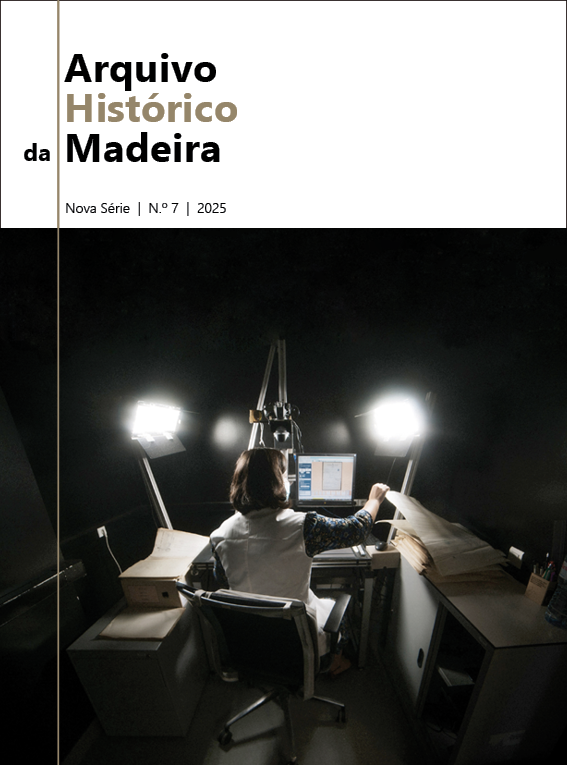The Lime Entrepreneurs in Porto Santo during the Military Dictatorship and the “Estado Novo” (1927-1974)
Abstract
The exploration of mineral resources in the Madeira archipelago, especially in the municipality of Porto Santo, raises the interest of several entrepreneurs, despite the constraints related to transport, the limitations of production and distribution in the island market, and the import of competing products. Limestone extraction has been documented since the beginning of the 17th century, but the taxation of mining and its by-products, as municipal revenue, began ephemerally during the reign of Queen Maria II and became definitive with King Pedro V. However, only the raw material calcined on the island of Madeira was taxed. This situation changed with the publication of Law No. 859, of 25 August 1919, and Decree No. 13,787, of 16 June 1927. The Porto Santo City Council is responsible for collecting taxes, initially comprising limestone and lime, and later, with the diversification of production, calcium carbonate. Using tax records, we seek to draw a picture of the evolution of this industry and of the entrepreneurs and commercial companies involved. Until the mid-1960s, around a third of the limestone mined was calcined in kilns established on the south coast of Madeira Island by some entrepreneurs who also operated lime kilns in Porto Santo. The spread of different construction materials, especially in the second half of the 20th century, contributed to the inevitable decline in this activity, both in terms of production volume and the number of economic agents, generally individual entrepreneurs and general partnership and private limited companies, which fall under the typology of micro-enterprise family
firm.
Keywords: Porto Santo; Entrepreneur; Limestone; Family Firm.
Downloads
Published
Issue
Section
License
Copyright (c) 2025 Arquivo Histórico da Madeira, Nova Série

This work is licensed under a Creative Commons Attribution-NonCommercial-NoDerivatives 4.0 International License.



